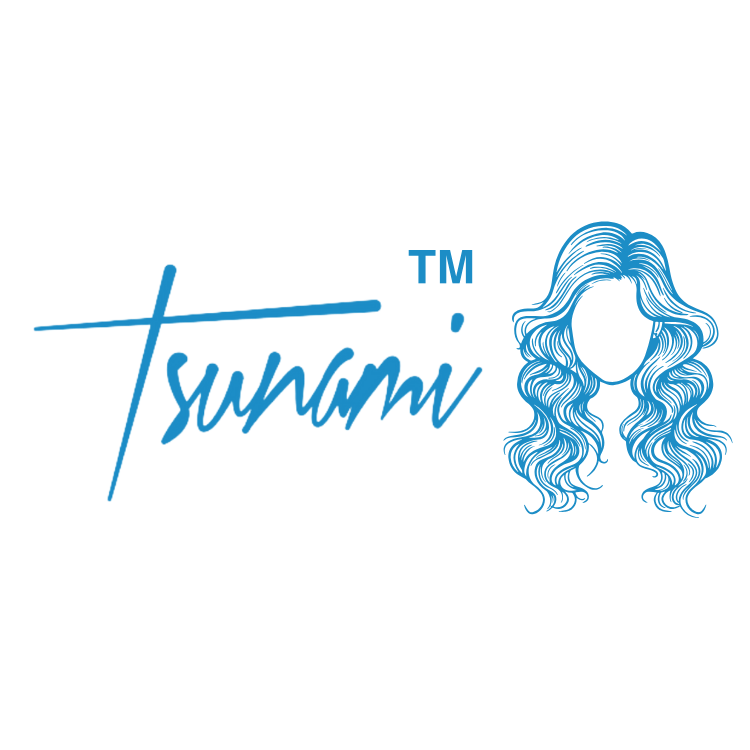Identifying Your Curl Type
An Introduction to Curly Hair
Curly hair comes in all different shapes and sizes. From the loose and wavy type 2A hair, to the thick and coily type 4D hair. Your hair type actually determines a lot about your hair. It can help you determine how well your hair absorbs and retains moisture, which oils and hair products are best suited for your hair type, and how prone your hair might be to breakage.
Type 2 Hair: Wavy Hair Types
Type 2 hair is less defined than other hair types, and it has an easier time maintaining moisture and shine. It covers hair types that have very loose, S-shaped waves. This hair type lays flat on the head and develops its wavy texture as the hair gets longer past the ears.
-
Type 2A Hair
This hair type falls close to the head in a flowy wave pattern. This hair type is quite similar to straight hair in how it needs to be maintained with lightweight hair products. To foster 2A waves, you want to use water-based products like light foaming mousses.
-
Type 2B Hair
This wave pattern is similar to hair type 2A, but its S-shaped wave texture is a bit denser. This causes it to fall closer to the head and clump together in bulkier waves with a firm hold. Type 2B hair has compact waves that work well with scrunching and plopping the hair to promote definition and help control frizz at the base of the scalp.
-
Type 2C hair
This hair type has a wave pattern that starts right at the base of the scalp, and more frizz occurs along the hair shaft. Type 2C hair is thicker and more coarse with waves that have an easier time holding products without being weighed down.
Type 3 Hair: Curly and Coily Hair Types
This is where those S-shaped follicles finally turn into themselves, creating beautiful curly hair textures. Type 3 hair has a bit of shrinkage along the hair follicle as it bounces into itself. This hair type has more volume at the base of the scalp and along the hair shaft. Curly hair can handle heavier products often used to enhance curl pattern and lock in moisture.
-
Type 3A Hair
These curl patterns tend to clump together to form clusters of curls. The curl pattern is very defined with curls that easily retain shine, moisture, and curl texture than other type 3 hair. It also has frizz similar to type 2C hair.
-
Type 3B Hair
These curls are more defined than type 3A hair, but they are also more prone to frizz. With lots of curl definition along the hair follicle, there starts to be some minor shrinkage. Type 3B hair forms ringlets or corkscrew curls with more bounce than other curl patterns. This hair type works great with medium hold gels, light creams, and light to medium oils like olive oil and avocado oil.
-
Type 3C hair
Type 3C hair can be very curly and defined, maybe even a bit coily on different parts of the head. This hair type is sometimes coily, and it falls heavy. Or it can be more curly and lift up into an afro shape with lots of volume. Either way, these curls need lots of moisture and attention to control frizz and dryness, which helps to prevent breakage over time.
Type 4 Hair: Kinky and Coily Hair Types
Type 4 hair has a mixture of S-shaped curls and Z-shaped curls that are small, coily, and kinky. This hair tends to be very densely packed with maximum volume and usually needs to go through a detangling process. Though the texture of type 4 hair is often thick, coarse, and wiry, it is the most fragile hair type on the spectrum with very fine hair follicles.
-
Type 4A hair
This hair type has natural volume at the base of the scalp that causes it to grow upward and gives a lot of natural volume. 4A hair types have a more dense S-shaped curl pattern than 3C hair types, although they are very similar in shape and curl pattern.
-
Type 4B Hair
You start to see more Z-shaped coils that create a kinkier hair texture than previous hair types. This gives the hair less curl definition with a much denser look than type 4A hair. This hair type needs a lot of moisture and benefits most from leave-in conditioners, deep conditioning treatments, and hot oil treatments with thicker oils like black castor oil.
-
Type 4C hair
This hair type is most prone to breakage. There is less definition and more shrinkage in 4C hair. This hair type can see up to 75% shrinkage, and it needs lots of moisture and minimal manipulation to prevent damage. Thick hair creams, butters, and custards are great for this hair type.
-
Type 4D hair
Type 4D hair includes very defined and coily patterns that experience a lot of shrinkage and volume. This hair type combines 3C/4A hair types that have the afro shape and 4C hair that experiences maximum fragility, volume, and shrinkage.
Conclusion
This System was designed for people with curly and textured hair to begin understanding how to specifically treat their hair by where it falls on the texture spectrum. By categorizing waves, curls, and coily hair, we can better understand how to best treat our tresses.

